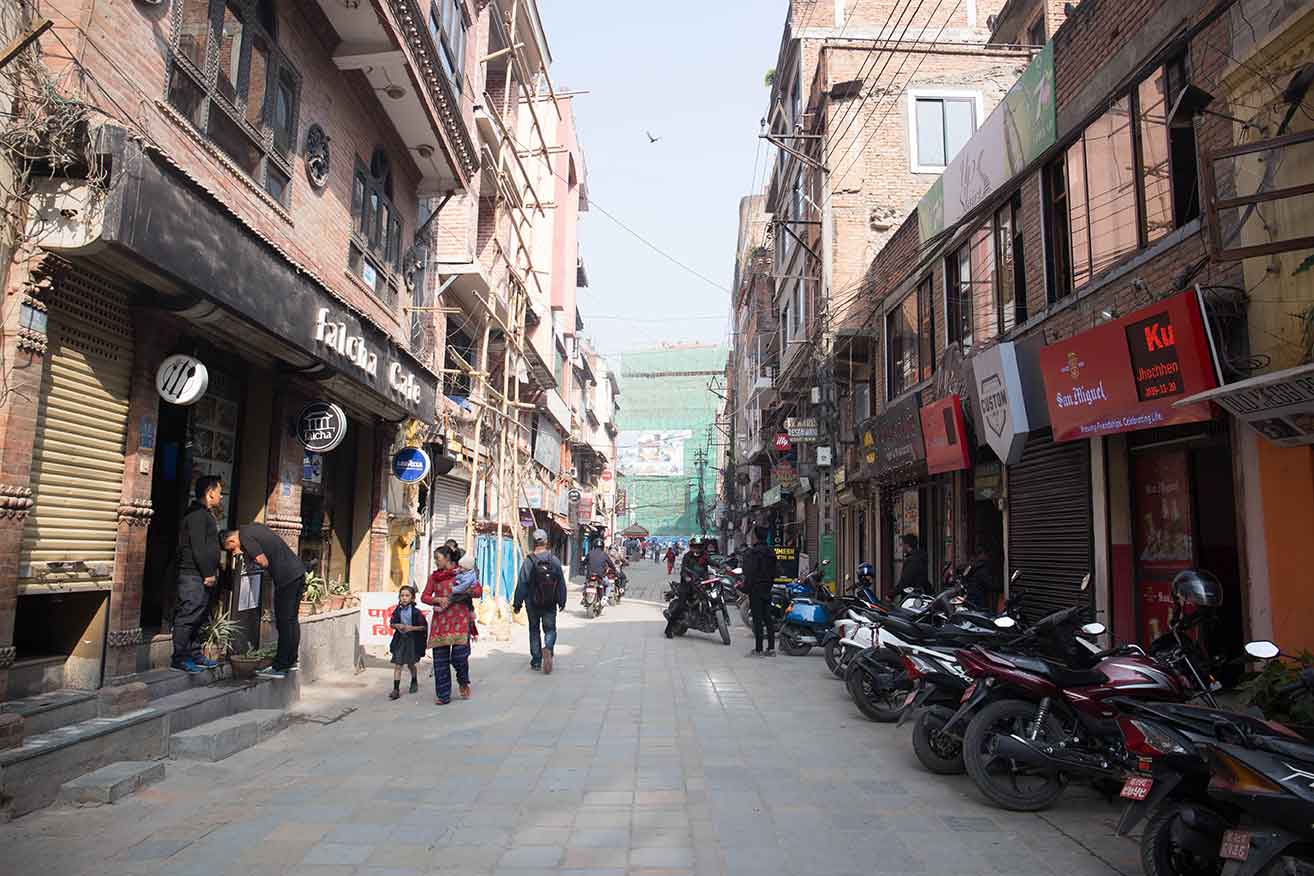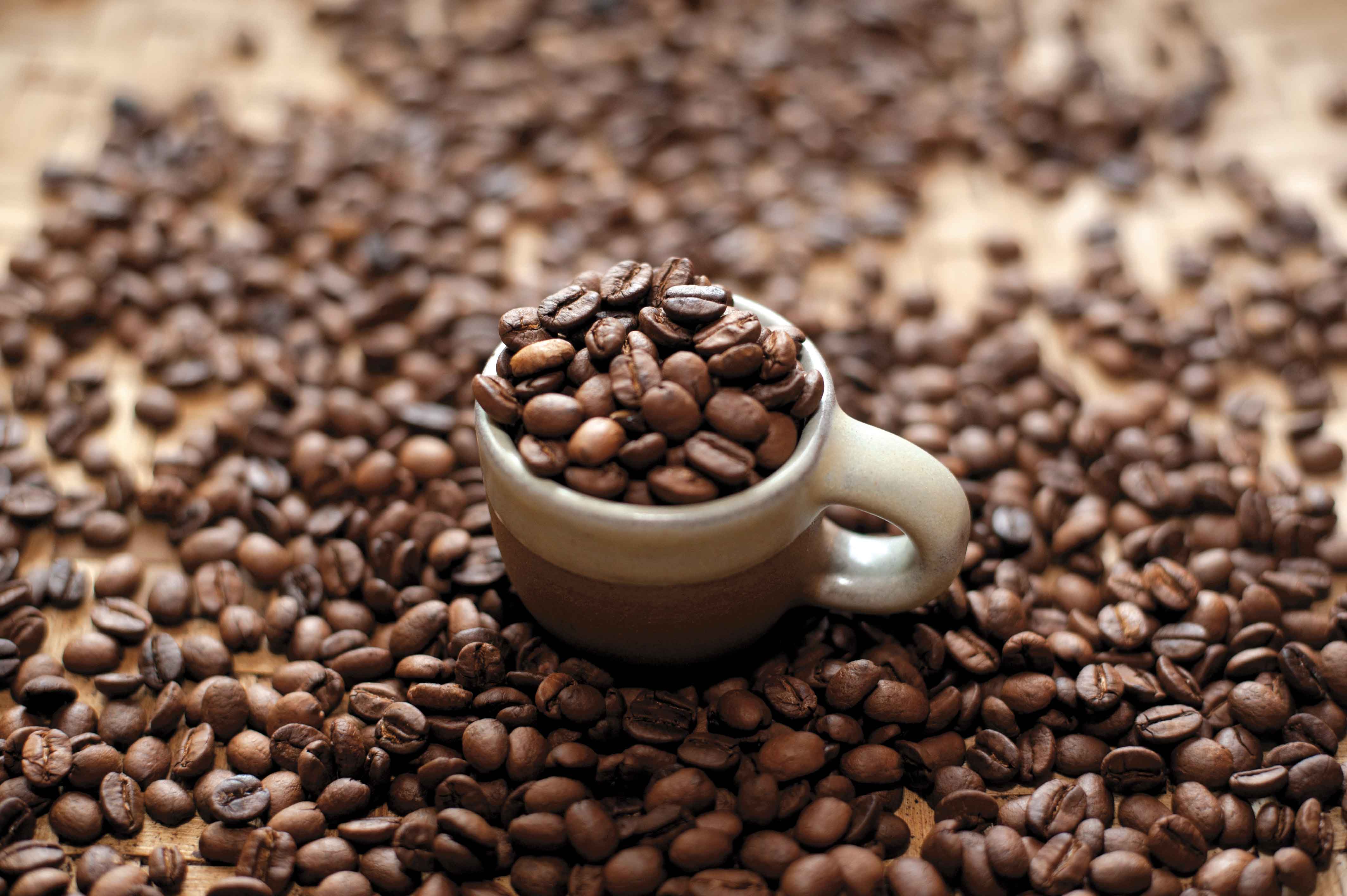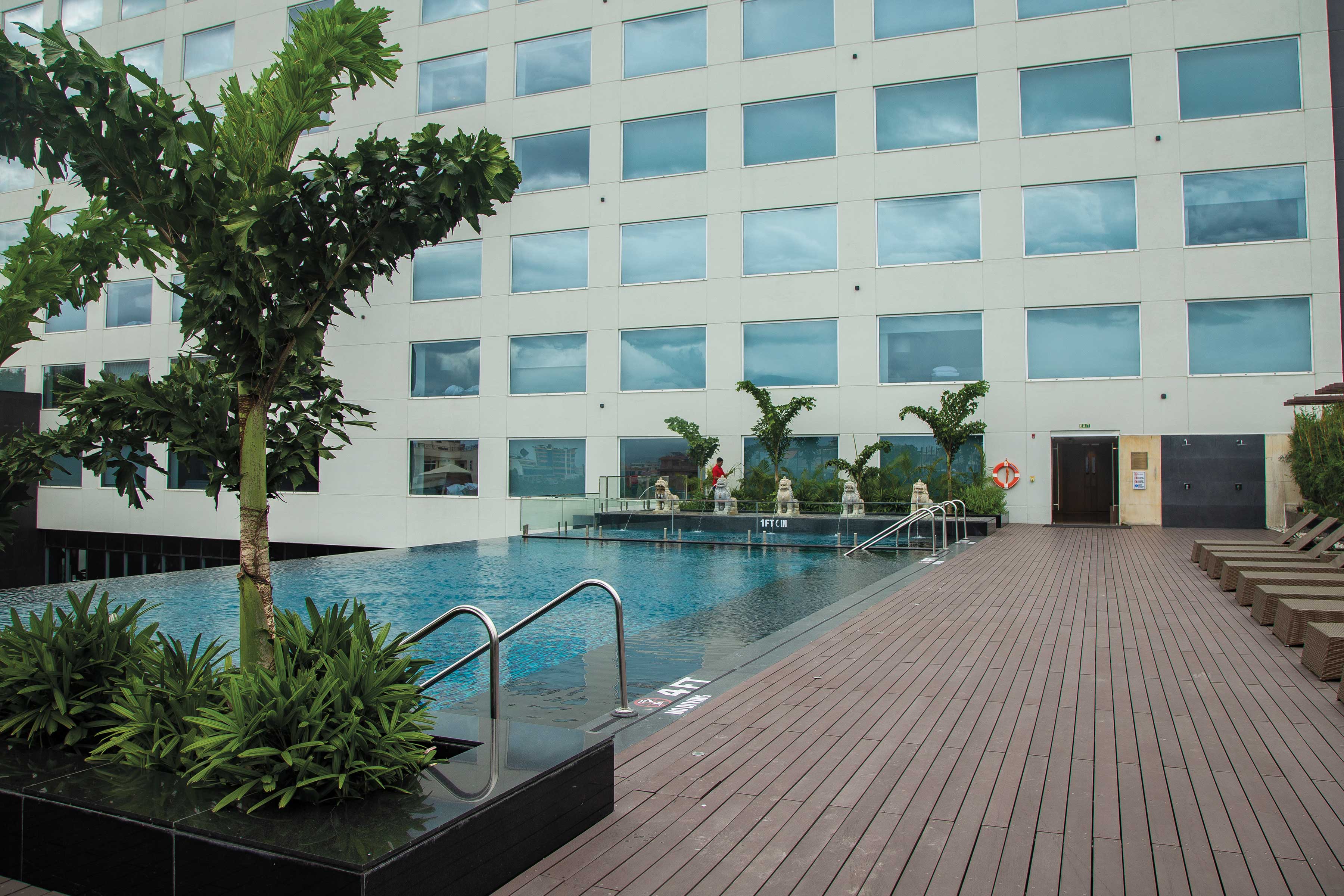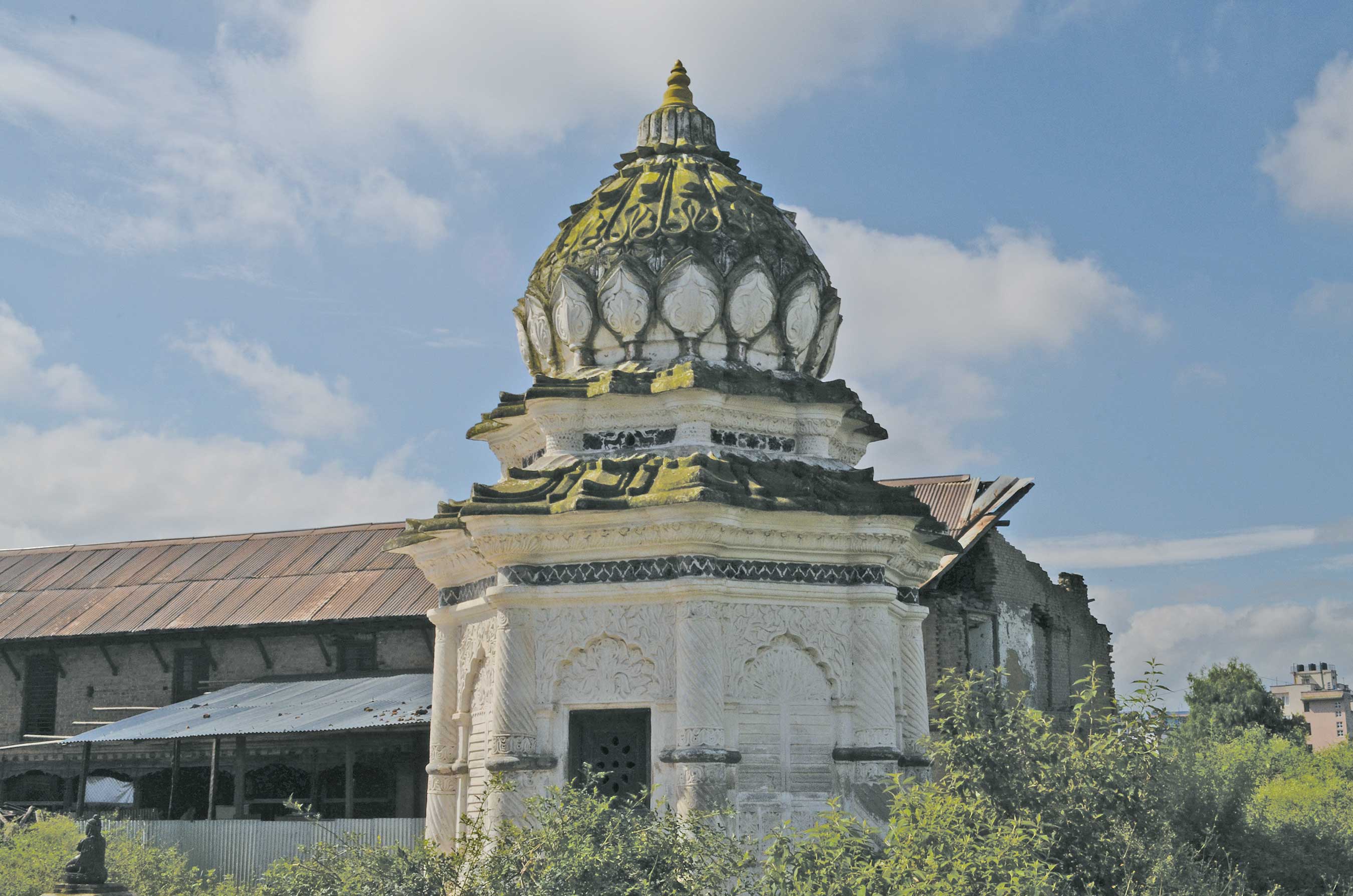By March 2015, traffic along the Banepa-Sindhuli-Bardibas Highway is going to go up exponentially. The highway, which is being engineered in great detail, still has about 30 km left to be completed. Priced at thirty billion Nepali rupees, it is the largest Japanese aided project anywhere in the world. Although called the Banepa–Sindhuli highway, it actually starts when you make a right turn at Dhulikhel (I am sure someone knows why). People tell us that it was initially designed to follow the ancient road to the Terai from Banepa (26km east of Kathmandu) by following the Rosi Khola and then the Sun Koshi river.
It is about 158 kilometers to Bardibas located along the East–West highway and is very narrow in many places, with a number of sharp bends and hair pin turns. The landscape and the views are stunning, and eateries and rest stops are mushrooming all along. It’s safe to say that the highway is going to appear on many “must do” travel lists once it is finished. We must thank the people and government of Japan through JICA for this wonderful gift. One of the most important reasons to travel on this highway will be to stop at the famous and historical Sindhuli Gaadi (fort).

In the midst of the Nepali war of “annexation” in March 1767 AD, Captain Kinlock of the British East India Company forces in India made plans to march towards Kathmandu to assist King Jaya Prakash Malla. Eleven camps were set up enroute to Banepa from Janakpur through the malaria infested jungles of Bardibas. In September of the same year, 2400 troops departed Patna and entered Janakpur. The 2400 British troops were in 18 companies. The soldiers marched past Bardibas, past Sindhuli and then began to make their way uphill. The British engaged in the first battle with the 500 Gorkha soldiers under the command of Bamsu Gurung and Bir Bhadra Upadhaya at Pauwa Gaadi. Subsequently, the attacking forces had to face a very fierce battle on several fronts on their way up to Sindhuli Gaadi.
The Gorkhali troops were commanded by Bansa Raj Pande and Shree Harsha Panth. Records described by historian Devi Prasad Sharma show that over one thousand British troops were killed while 300 Nepalis died in the battle at Sindhuli Gaadi. Father Ludwig F. Stiller S.J. says only 800 British troops were able to escape. Over 300 “modern” guns and cannons were captured from the British. Today the Nepali flag still flies high over Sindhuli Gaadi. The site is waiting for conservationists and historians to restore it to its former glory. It is important to remind ourselves and the generations who follow as to who we are and what Nepal has been through.











